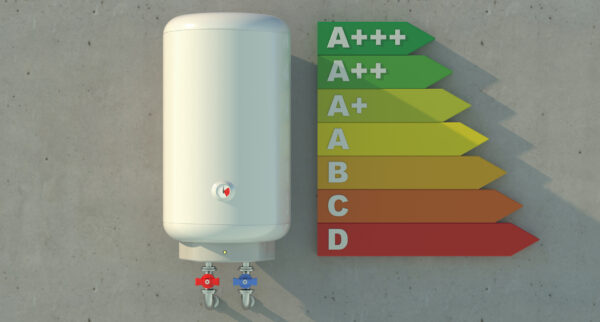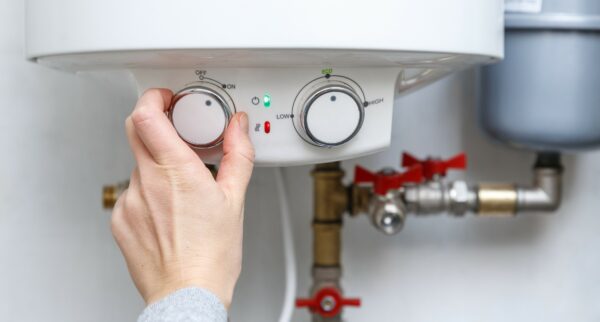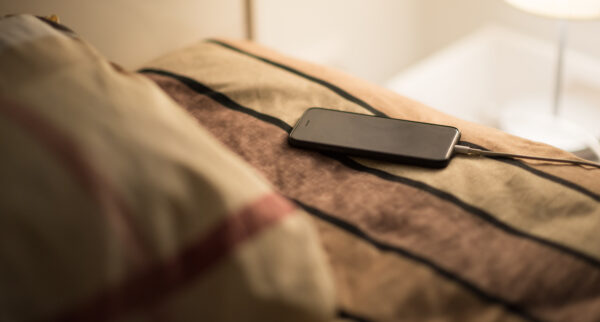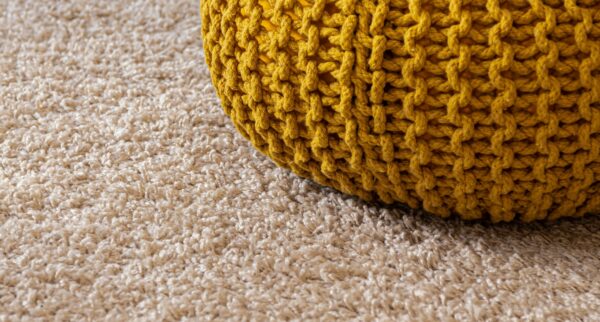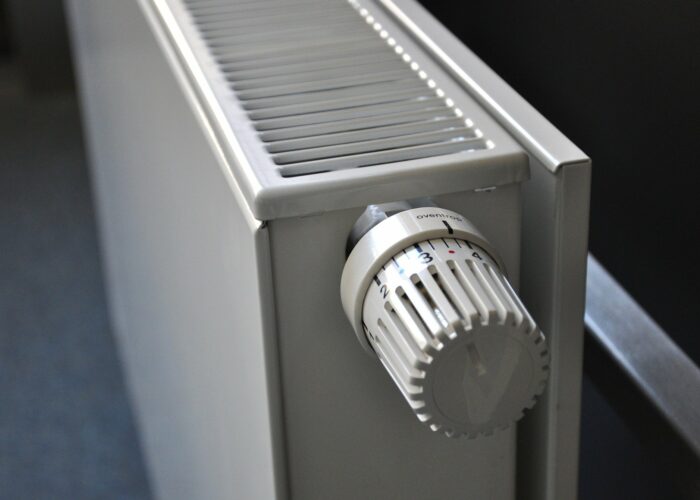
Energy bills have been dominating headlines for all the wrong reasons lately. And with prices increasing across the board it’s easy to see why some are turning to social media for tips on how to combat the surging cost of living.
Videos with the tag ‘#energysaving’ have gained 54.3M views on TikTok, with many of the most popular tips focusing on how to save money on heating through the clever use of your radiators. But do these tips really work, and if so, how much of an effect do they actually have on bills? The team at JustServicesGroup.com decided to find out.
The rising popularity of energy saving tips on TikTok
We found some of the most popular energy saving clips on TikTok to reveal more about the effectiveness of the advice being presented.
In most cases, the tips being shared would make little to no difference to energy bills. But in some cases, they could even be dangerous.
Read on for a full explanation as to why some of the most popular TikTok energy saving tips don’t work, from the experts at JustServicesGroup.com.
Why the biggest TikTok energy saving videos don’t work
Almost all of us are now on the lookout for a smart way to save money on energy bills, so it’s not surprising that energy saving content has proved highly shareable. But unfortunately, the vast majority of TikTok’s most popular tips won’t cut bills as dramatically as they claim to. Here’s why.
Bleeding your radiators
Watch on TikTok
Bleeding a radiator is sound advice. This is something that should be done annually to keep radiators in full working order. However, the guidance in this clip could well be dangerous as it misses out a few vital steps in the process.
First things first, you must turn off the heating before undertaking a task like this. Radiators cannot be bled when hot, as hot water could easily spray out of the radiator causing burns.
Once the radiator is cold, you can use a radiator key to turn the valve at the top of the radiator. Attach the key to the square groove in the centre of the valve and turn it slowly anticlockwise. There should be a hissing sound. This is the trapped air escaping. Use a cloth to catch any water that comes out.
Once the hissing stops and only liquid comes out, you can retighten the valve. Do this quickly to stop too much water escaping. Then, you’ll be able to turn the central heating system back on.
Finally, check the pressure by looking at the gauge on the boiler. Bleeding radiators can cause the pressure to drop. If the pressure is too low, it will need to be topped up. Use the lever or tap on your boiler, known as the filling loop, to do this.
The radiator has now been bled and should be heating up properly. Check that heat is evenly spread through the radiator. If it is, your radiator is working efficiently.
Cleaning your radiator
Watch on TikTok
While it’s true that keeping a radiator clean and dust-free could help with the distribution of heat in the room, this is another hugely popular video that shares advice which could well prove dangerous.
We would never advise you to pour boiling water down the back of a radiator. Not only could this damage paint, it could also cause irreparable harm to the flooring beneath the radiator and affect any nearby sockets.
If you need to clean your radiator, turn the heating off and then use a vacuum to clear as much dust in and around the radiator as possible. Use smaller attachments to get inside and down the fins.
A radiator brush will allow you to reach any remaining dust and dirt that’s left after vacuuming. Put a towel down beneath the radiator to protect your flooring, then use your radiator cleaning brush to clear away this stubborn debris.
If small amounts of dust or debris have accumulated in the radiator fixings, a hairdryer is all you need to solve the issue. Put the hairdryer on a cold setting and use it to blow the dust onto the towel beneath.
You can now clean the radiator with warm soapy water. Use a damp (but not dripping wet) sponge to wipe down the outside of the radiator. Dry the radiator with a microfibre cloth to make sure the metal isn’t left to rust. And steer well clear of anything too abrasive – you don’t want to leave scratches.
Putting tin foil behind your radiator
We’ve seen plenty of clips suggesting that putting tin foil behind a radiator would increase its effectiveness, but we’d issue caution before trying this trick. This idea would definitely have a negative effect on the look of your space, and it wouldn’t actually have much benefit in terms of heat distribution.
Due to the way that radiators work, a small percentage of heat can be reflected with foil using this method. Radiators actually only give off around 20% radiant heat. The other 80% is actually convection heat, which would not be reflected.
Typically, kitchen tin foil is made from very thin rolled aluminium, further reducing its effectiveness when used for this trick. Rolled aluminium becomes dull as it oxidises, meaning it would soon lose its capacity to reflect heat when placed behind a radiator.
Turning off radiators in unused rooms
Watch on TikTok
It’s easy to see the thought process behind this energy saving tip. For some, it could be useful, but the vast majority won’t cut bills by turning off radiators in unused rooms.
Most homes now have condensing boilers or heat pumps, which work very efficiently at lower flow temperatures. Rather than having incredibly hot radiators, and importantly incredibly hot fumes pouring outside via your flue, the heat that’s leaving via that flue can be put into the radiators. This is achieved through low flow temperatures.
Older boilers, particularly those that were installed prior to 2005, are less efficient. If your home is fitted with an older system, you might be able to reduce your energy bills by turning radiators off in the rooms you use least.
—
Social media is awash with ideas and advice on how you can cut your energy bills without making any compromises in your usage, but the results of many of these tips and tricks will be varied at best. For advice that you can rely on, talk to the experts at JustServicesGroup.com.
